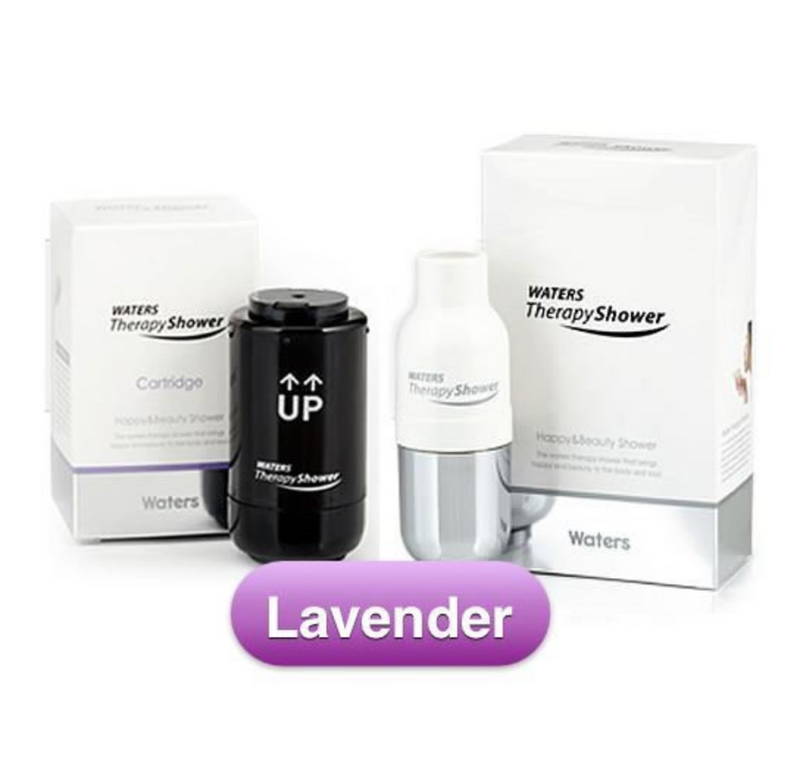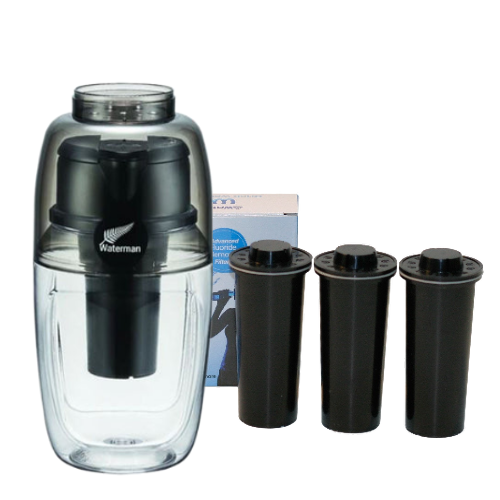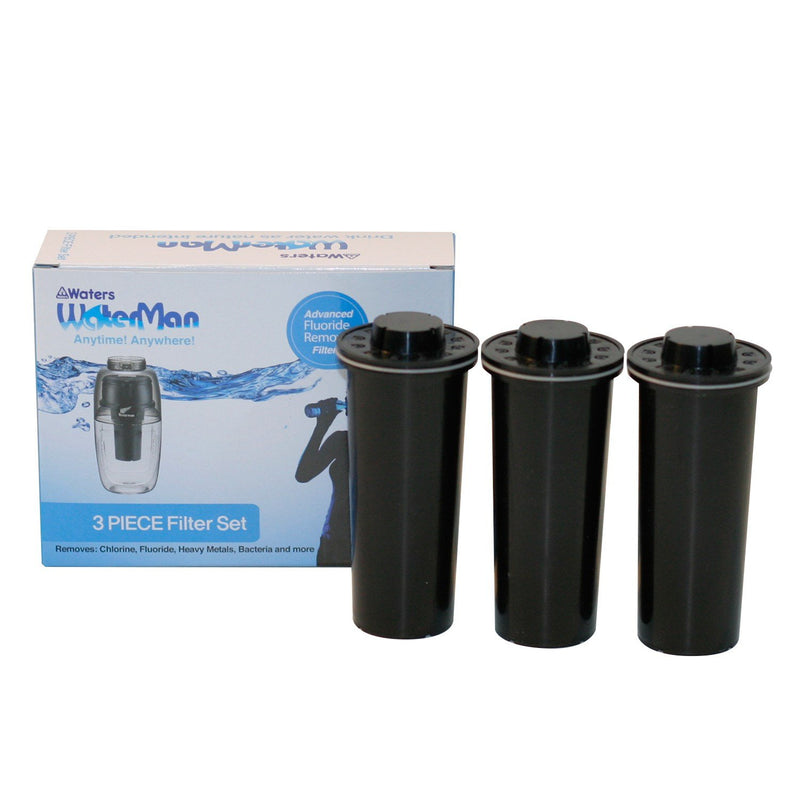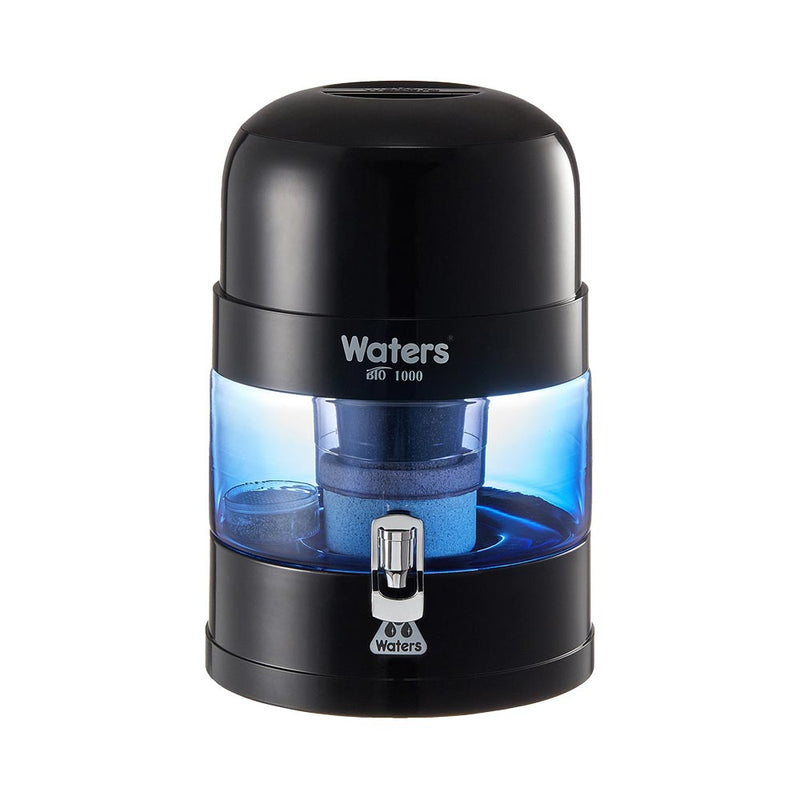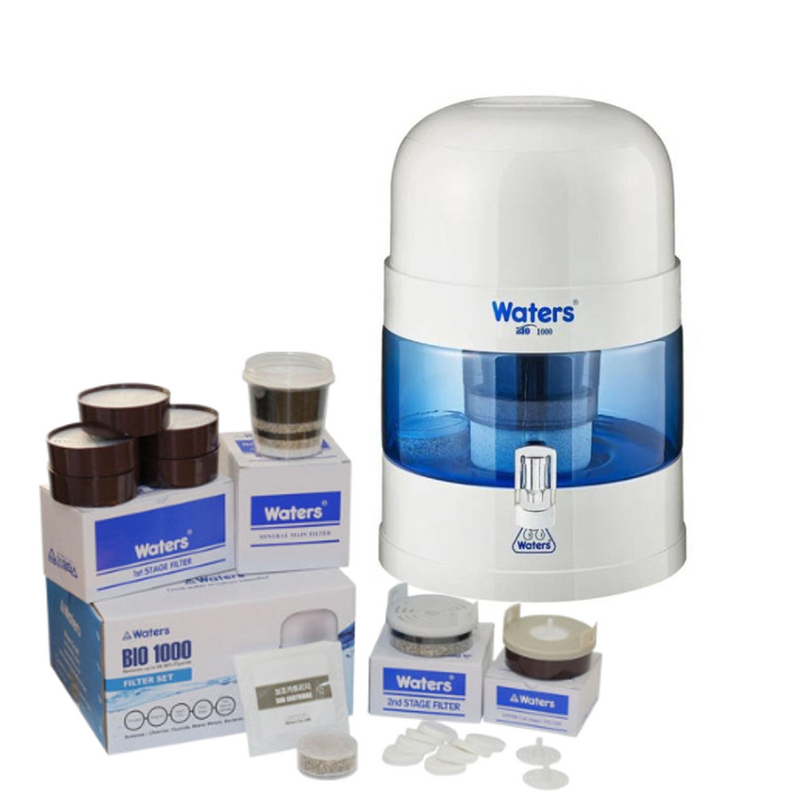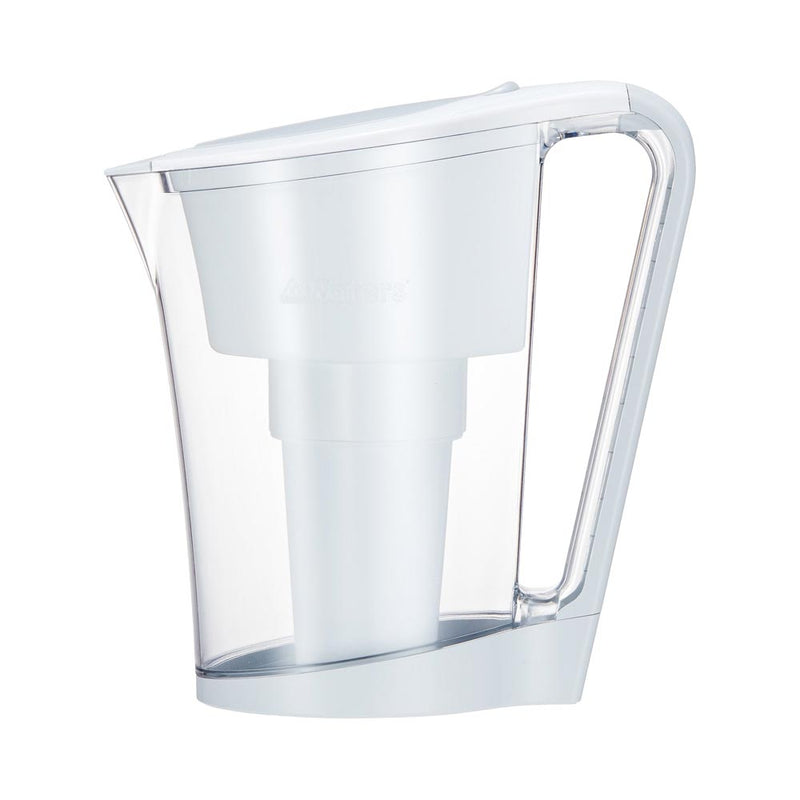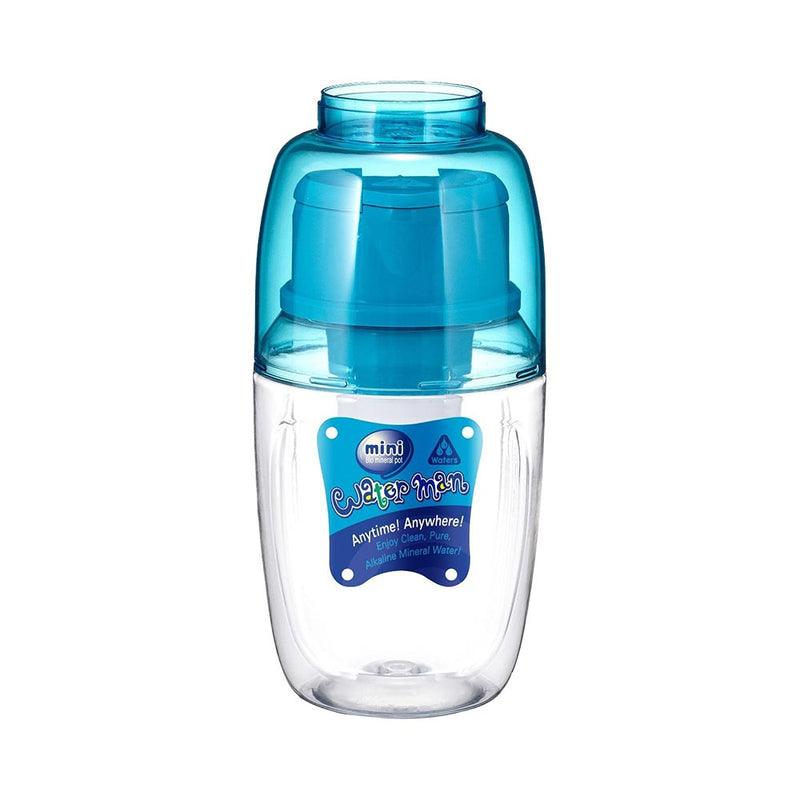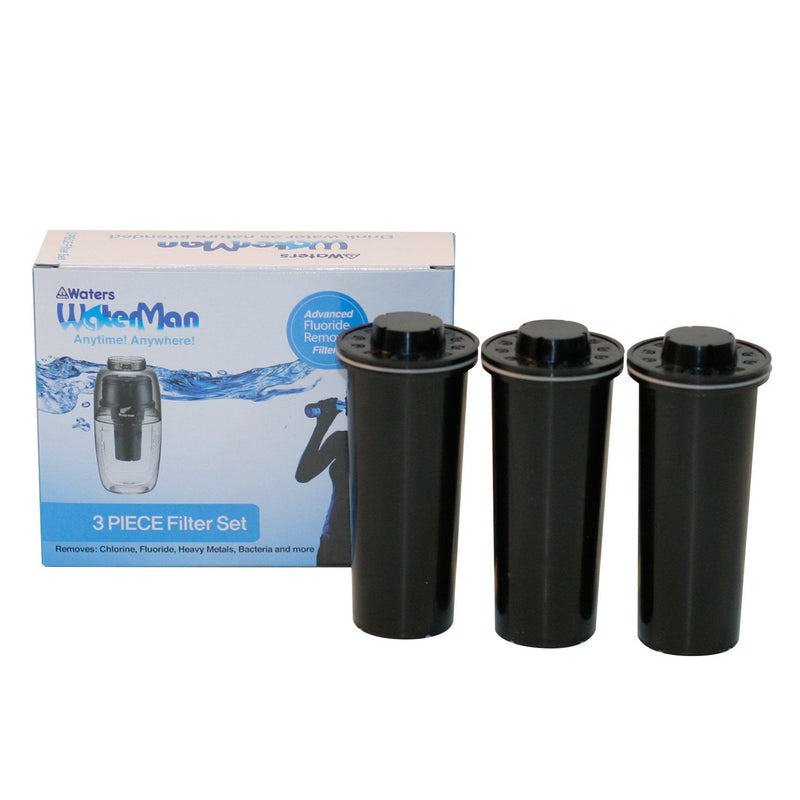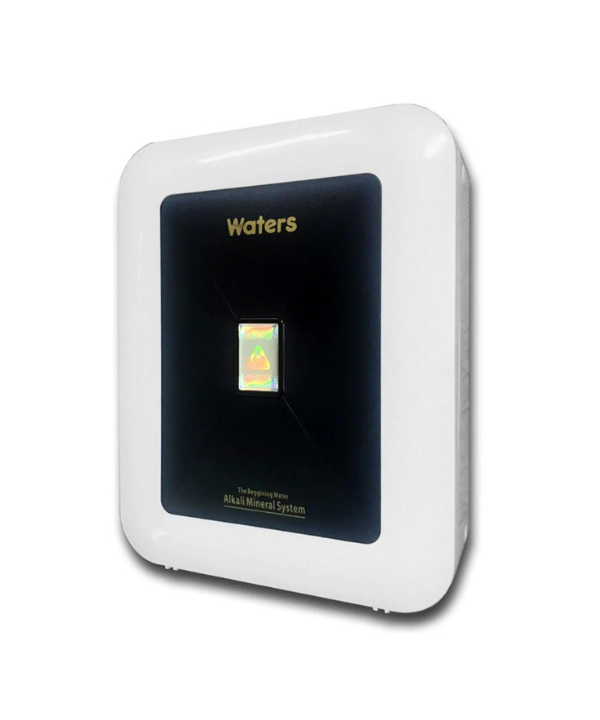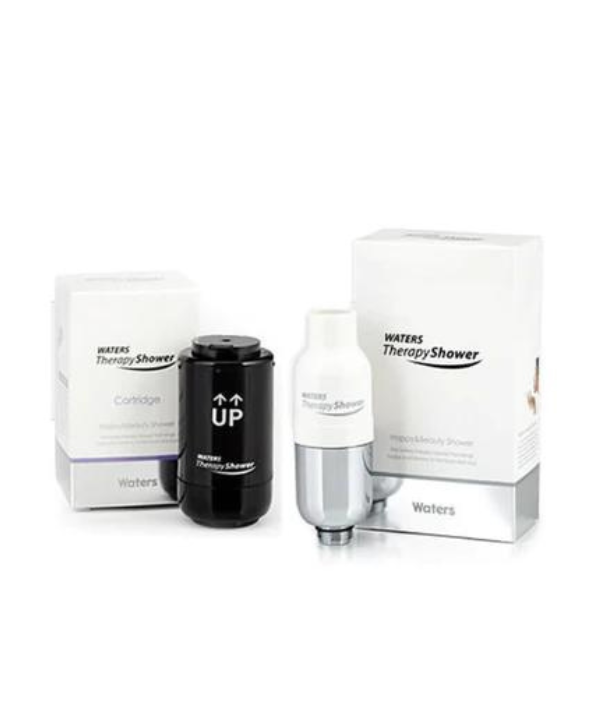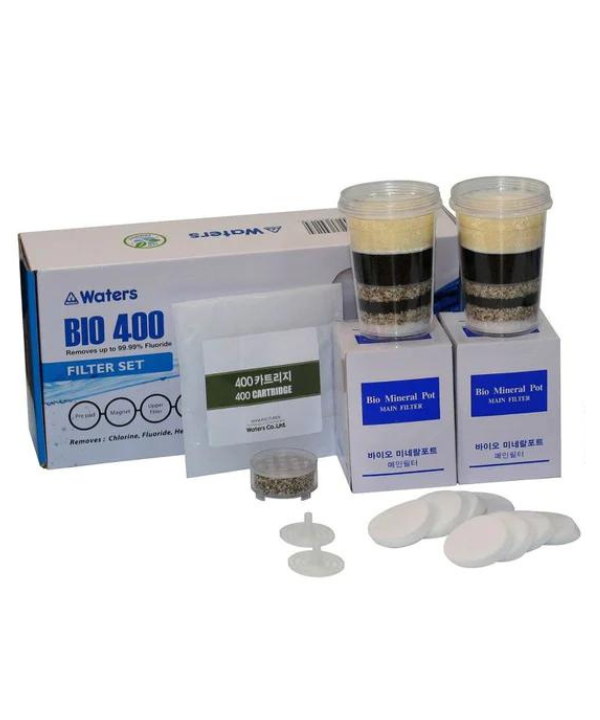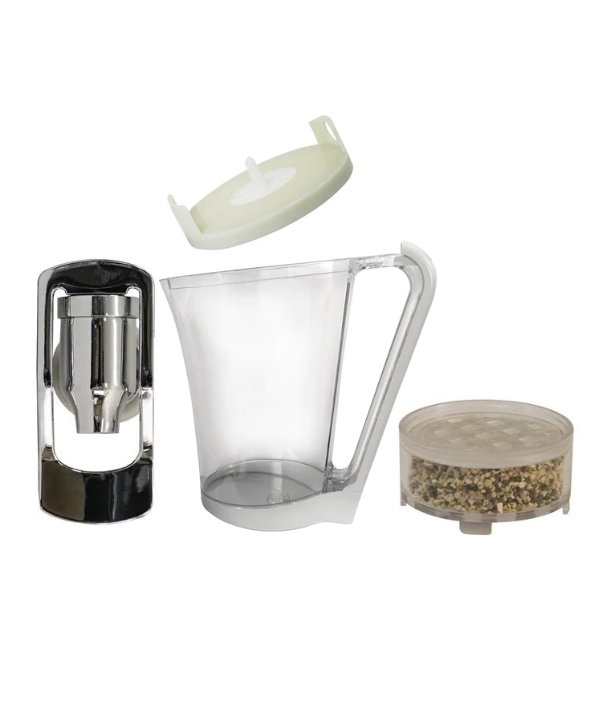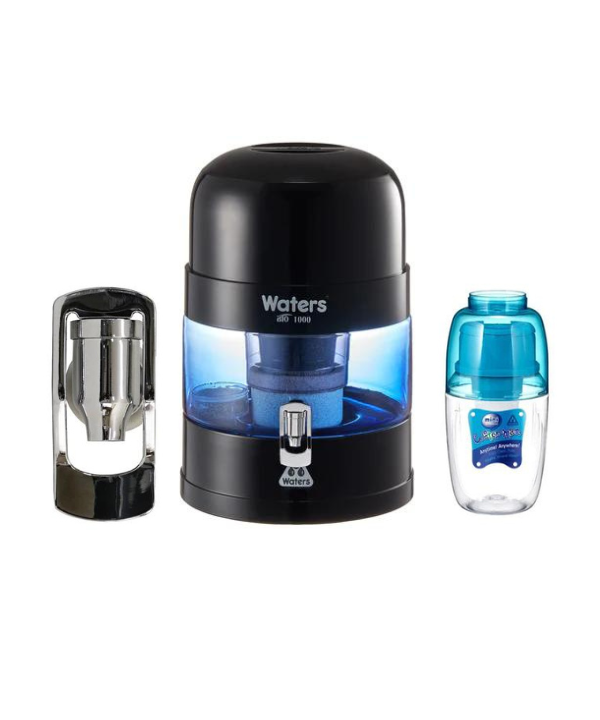Australia's Water Crisis: Change Starts at Home
After a dry winter in most parts of Australia, and with water levels hovering at 50% or lower, state governments and councils are taking drastic measures to keep water from running out.
Certain parts of Australia, particularly Sydney and several towns and cities in the Southern Downs region, are facing some of the toughest water restrictions in over a decade. State governments are imposing penalties on residents and businesses for using sprinklers or filling their pools.
Here’s what you need to know about the new restrictions, along with tips for conserving water at home.
More on Australia’s water restrictions
Sydney introduced level one water restrictions in June of this year, with Sydney Water fining residents $220 for using a garden hose between 10 a.m. and 4 p.m. Residents have also been asked to report neighbors caught violating the hose rule.
For businesses, the fine goes up to $550.
Level one restrictions are introduced when city’s water supply hits 50%, although the local government took no chances and put the restrictions in place as soon as water levels dropped to 53%.

Level two restrictions are introduced when water levels hit 40%, during which the local government limits residents’ personal water use, as well the number of days they water their gardens.
Should water supply fall to 30%, the state government will have to introduce level three restrictions, which prohibit the washing of cars and other outdoor surfaces. Residents will only be allowed to use greywater for watering their gardens.
The 2017 Metropolitan Water Plan has recommended the expansion of Sydney’s lone desalination (desal) plant, which supplies 15% of the city’s water, to increase production to 30% if water levels dwindle to 35%.
Tenterfield has also taken a hit, with level 4.5 restrictions prohibiting residents from washing cars and topping up recreational pools. Water levels at the local dam plunged to 33% in June.
The situation in Southern Downs is just as dire, with drought ravaging parts of southern Queensland. Councils introduced water restrictions in September 2019, limiting residents’ water consumption to just 100 litres per day.
The restrictions apply to centres like Warwick, Stanthorpe, Killarney, and Allora.
Water levels at Stanthorpe’s dam currently sit at a critical 22.4%. Experts predict that, with no inflow, the dam could run out of water by December 2019 or January 2020, forcing the town to truck water for more than 30 miles from Warwick.
However, Warwick’s above-ground supply could run out by December 2020 if there is no inflow.
Click here for updates on water levels and expected run out dates in Warwick and Stanthorpe.
How to conserve water
Australia’s water restrictions have been devastating for farmers and trade workers who rely on water to get work done.
Farmers in the continent’s most affected areas have taken to rationing water, while house painters now scrub and sand outdoor surfaces manually instead of water-blasting exterior walls.
More recently, low rainfall and dry conditions have exacerbated bushfires across Queensland, forcing residents to deplete their water tanks to combat the flames. The government has assured residents that they will replenish their water tank supply, while charities and individuals have made water donations of their own.
The situation is severe, but you can do your part by conserving water. According to ABC News, 70% of water consumption in Sydney takes place in the home.
These tips can help reduce residential water use:
- Do your laundry less often – And when you do wash your clothes, make sure to fill the washing machine. Doing a full run instead of two or more half-runs will reduce water consumption.
If you’re upgrading to a new machine, choose a front-loader, which requires roughly half the amount of water that a top loader uses.
Instead of throwing clothes in the wash, consider airing them out instead if they aren’t dirty. Hang them up or put them back in the wardrobe until the next time you wear them.
- Take quick showers – Keep your showers to just three minutes, and collect shower water in your tub or a bucket. Upgrade your bathroom with water-efficient taps and showerheads with at least a three or four-star Water Efficiency Labelling and Standard (WELS) rating, and fix any leaks.
- Use an efficient dishwasher – A study by Bonn University found that hand-washing the dishes uses up 100 litres of water on average, while a dishwasher uses only 12 litres for the same number of kitchen wares. Some of the newer dishwashers in the market are equipped with technology that retains the final rinse water of a cycle to be used for the first rinse of the following cycle.
- Save water in the garden – Aside from using greywater to water plants, growing compost underneath the mulch can help reduce water consumption, as it increases the soil’s water-holding capacity. You can also install a water tank for catching rain water.
Waters Co believes in water conservation. Using water-efficient products and adjusting our personal habits can help us comply with Australia’s water restrictions.


